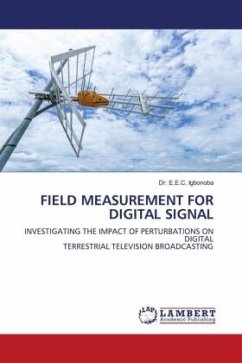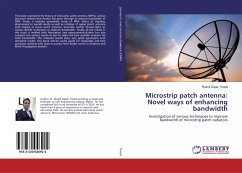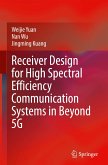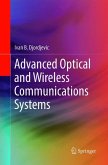Visible light communication is one of the most promising branches of wireless communications that is witnessing rapid development in recent years. It involves the usage of the visible region of the electromagnetic spectrum to transmit data from one point to another. High rate of data transmission, high security of the transferred data, harmlessness to surrounding human subjects as well as to sensitive equipment are some of the great promising advantages of Visible Light Communications systems. But this new branch is not without its own disadvantages. One of the crippling problems faced by Visible Light Communications systems are its susceptibility to noise signals incident on the receiver of the signal by the surrounding sources of illuminations or sources of optical noises. Hence, in this new area of research designing suitable filters for filtering the signal from the noises is still considered one of the prime challenges towards its rapid deployment all over the world. In thiswork, we have designed four solutions that intend to solve different aspects of the problem of optical noises at the receivers of the Visible Light Communications system.








